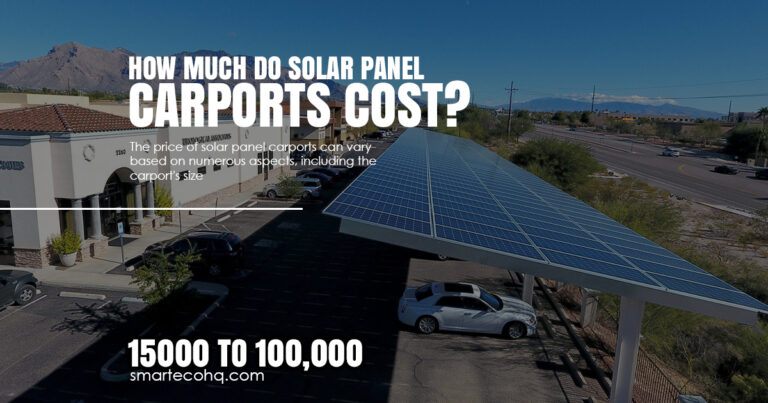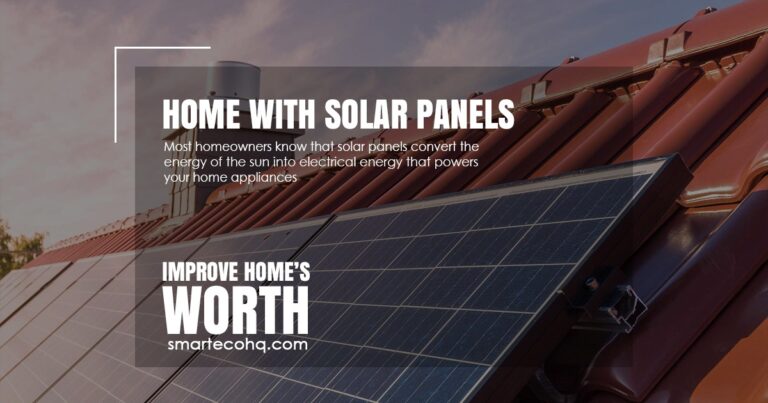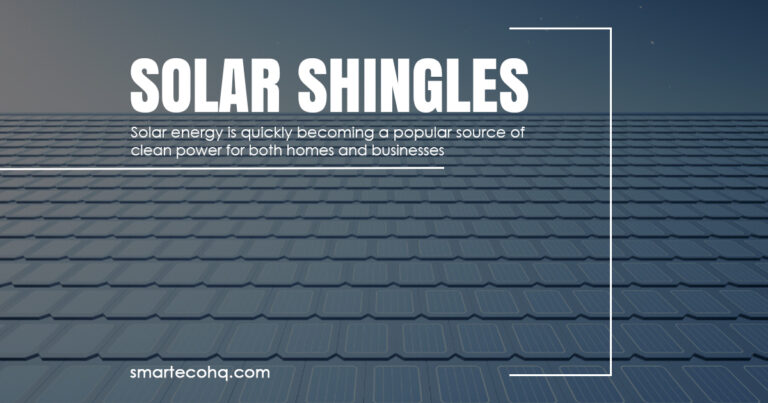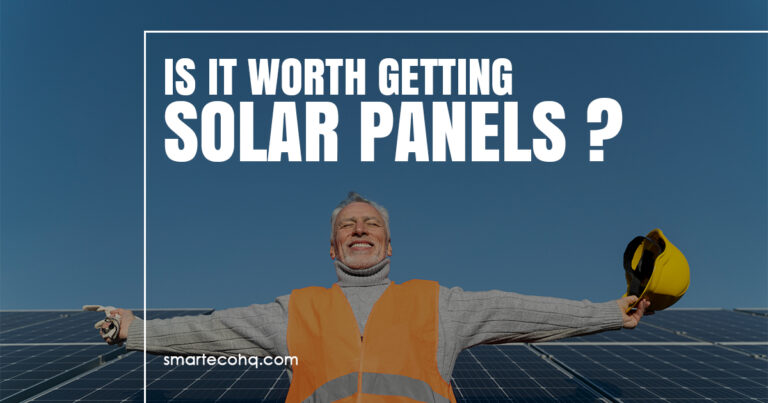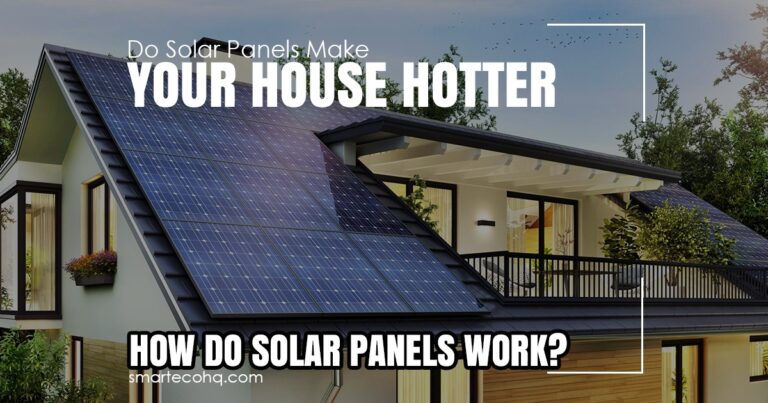Passive Solar Heating: What You Need to Know
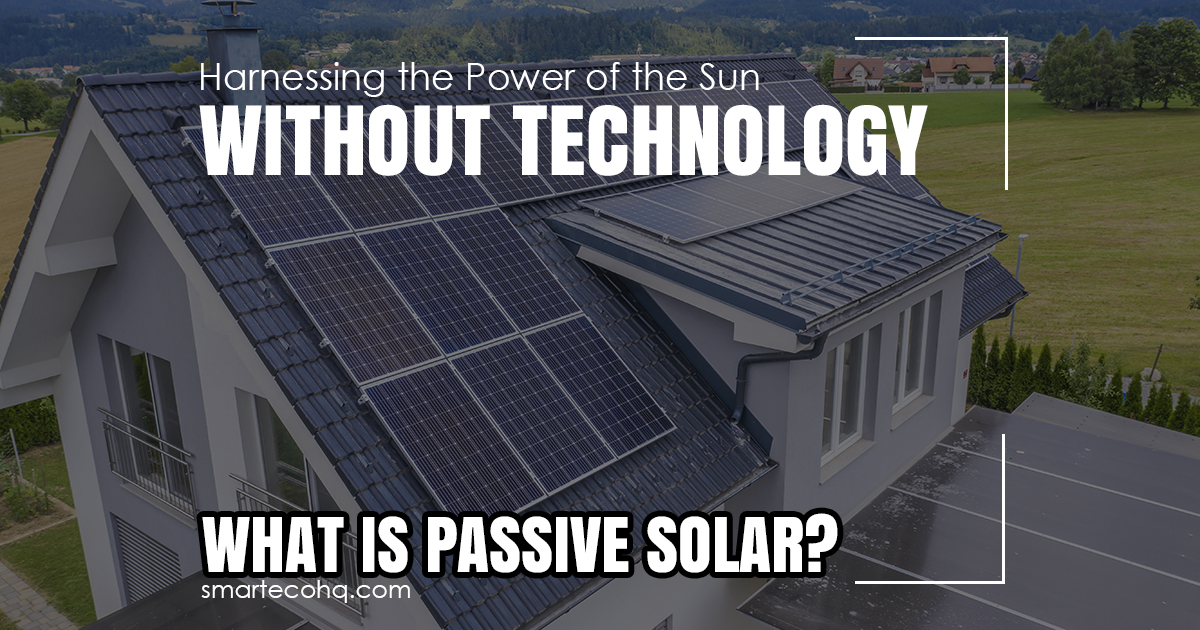
Unlock the secrets of passive solar heating and create a cozy and sustainable living space. Get started today!
What is Passive Solar Heating?
Passive solar heating is an efficient way of heating a building that does not rely on mechanical or electrical technologies. It entails designing a building so that it can absorb and store the sun’s heat during the day & expel it at night, maintaining its interior hot.
How Does Passive Solar Heating Work?
Passive Solar Heating works by transferring energy from the sun to the inside of a structure utilizing the concepts of Conduction, Convection, & Radiation. This is accomplished by using construction materials with a substantial thermal mass, or the ability to hold and absorb heat, including concrete, brick, or stone. Windows are strategically positioned to let natural light into the structure, while thermal insulating material is used to avoid heat loss.
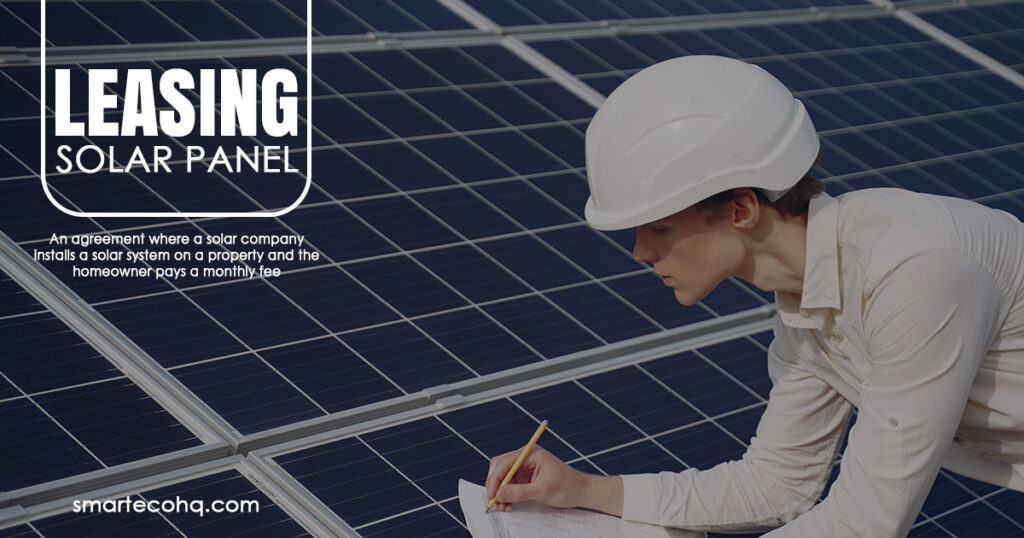
Benefits of Passive Solar Heating
There are several benefits to passive solar heating, including:
Reduced Energy Costs:
Energy expenses can be greatly reduced because passive solar heating does not require the use of mechanical or electrical devices.
Environmental Benefits:
Because it relies purely on the power of the sun, passive solar heating is a cost-effective and environmentally beneficial way to heat a building.
Enhanced comfort:
Passive solar heating can make your home more comfortable by providing even warmth and reducing draughts.
Improved interior air quality :
By lowering the demand for ventilation systems, solar-powered passive heating may help boost indoor air quality.
Integrating Passive Solar Heating into Contemporary House Design
Passive solar heating can be incorporated into modern home design in a number of ways, including:
Orientation:
A building’s orientation is critical to its passive solar heating capacity. A building should be intended to catch the majority of sunlight during the colder seasons when the sun is at a lower elevation in the sky.
Building Materials:
Passive solar heating is appropriate for extremely thermally dense building materials such as concrete, brick, or stone. They can absorb and maintain heat, slowly releasing it over time.
Windows:
During the winter months, windows should be strategically located to maximize sunshine and minimize heat loss for passive solar heating.
Insulation:
Proper insulation is essential for passive solar heating. Insulation helps prevent heat loss and ensures that the heat generated by the sun is retained within the building.
Conclusion
To summarize, passive solar heating is a cost-effective and ecologically friendly method of heating a building, with several advantages such as lower energy costs, higher indoor air quality, & better comfort. We can develop more energy-efficient and relaxing houses while decreasing our environmental impact by implementing passive solar heating ideas into modern home design.
FAQs
Q: How does passive solar heating work?
A: Passive solar heating utilizes the sun’s energy through strategic design elements such as south-facing windows and thermal mass to naturally heat a building without mechanical systems.
Q: What are the benefits of passive solar heating?
A: Passive solar heating offers several benefits, including reduced energy costs, decreased reliance on fossil fuels, improved indoor comfort, and a smaller carbon footprint.
Q: Can passive solar heating be used in any climate?
A: While passive solar heating is most effective in regions with abundant sunshine, it can be adapted for various climates through proper design considerations such as insulation and shading.

